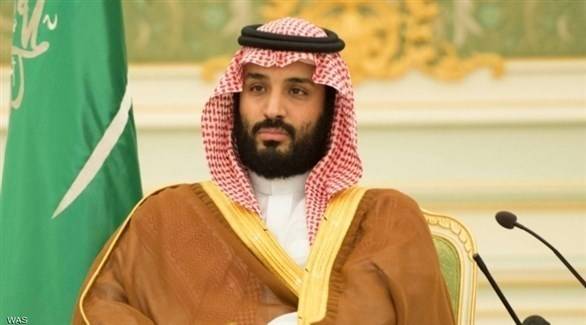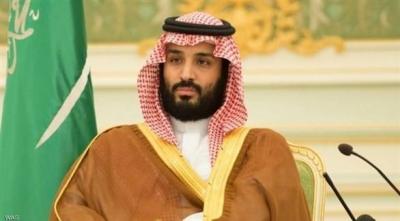On Tuesday morning, Saudi Crown Prince Mohammed bin Salman became a top trending topic among Twitter users in Saudi Arabia, just hours before the highly anticipated broadcast of an interview marking the five-year anniversary of Saudi Arabia's Vision 2030. Additionally, he topped the list of the most searched topics on Google in Saudi Arabia that morning.
Here are the main highlights of Vision 2030:
**Creation of the World's Largest Investment Fund:**
Riyadh revealed its ambitious plan to establish a sovereign wealth fund that will invest in the country and abroad to diversify the economy and create new government revenue sources. The government states that the fund is expected to be valued at seven trillion riyals, or approximately two trillion dollars, by 2030, which is more than double the size of Norway's sovereign wealth fund, currently the largest in the world.
**Privatization:**
Saudi Arabia plans to transfer its giant oil company, Saudi Aramco, along with other state-owned enterprises, to the fund. The aim is to transform the company into "global industrial conglomerates" and for the private sector to represent nearly two-thirds of the economy by 2030, up from the current 40%. The government also hopes to attract more foreign investments.
**New Industries:**
The Saudi government stated that the new fund will help develop industries, technology, tourism, and local mining. They expect to increase non-oil revenue to one trillion riyals, or 266 billion dollars, by 2030, up from 163 billion riyals, or 43 billion dollars, at present.
**Job Creation:**
The economic plan aims to reduce unemployment to 7% from 11.6%. The government also wants to raise the number of women in the workforce to 30% from the current 22%, although specific details on how to achieve this have not been provided. The retail sector has been identified as one of the areas that will help drive future employment growth, with the government aiming to create one million additional jobs in retail over the next four years.
**Tourism:**
Religious tourism is becoming an increasingly important source of income in the kingdom, and the new plan aims to increase the number of pilgrims to 30 million annually by 2030, up from eight million.




